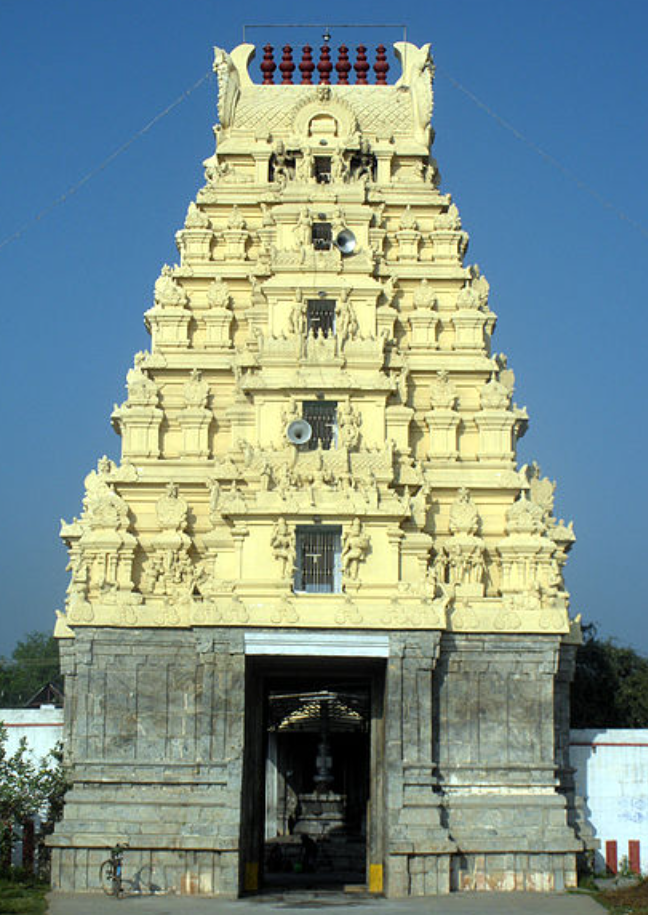Lord Vishnu once used His discus (Sudarsana Chakra) against Sage Thatheesi to aid a king named Kuban. However, when the discus struck the sage's divine body, it lost its sharpness. Distressed, Lord Vishnu consulted with the Devas and learned that Lord Shiva had created the Sudarsana discus to vanquish the demon Chalandarasura. Seeking to restore its power, Lord Vishnu came to this sacred place and worshipped Lord Shiva by offering 1,000 flowers daily.
To test Lord Vishnu’s devotion, Lord Shiva caused a shortage of one flower during the offering. Without hesitation, Lord Vishnu plucked his own eye and offered it as a substitute for the missing flower. Moved by this act of supreme devotion, Lord Shiva restored Lord Vishnu’s eye and declared, "Since you offered your eye for a lotus, it shall gain the beauty of a lotus, and you will be known as Padmashan." Lord Shiva also gifted His discus to Lord Vishnu.
Additionally, Lord Shiva assured Vishnu that anyone who chanted His 1,000 names (or even a selection of them) would attain salvation. At Lord Vishnu’s request, Lord Shiva granted a boon that praying in this temple would bring devotees the same merit as visiting multiple temples.
Administration History :
The administration of the temple has evolved over time, with historical inscriptions indicating various royal endowments and renovations. Initially, the temple was managed by local rulers and devotees who made contributions for its upkeep, including donations of land, paddy, and funds for perpetual lamps. During the colonial period, the Archaeological Department recorded the inscriptions, although some stones were misplaced during renovations in 1936. Currently, the temple is managed by the Hindu Religious and Charitable Endowments (HRCE) Department, which oversees its maintenance, ensuring the preservation of its spiritual, cultural, and architectural heritage. The temple continues to thrive under this management, with regular rituals, festivals, and the upkeep of its sacred structures.
